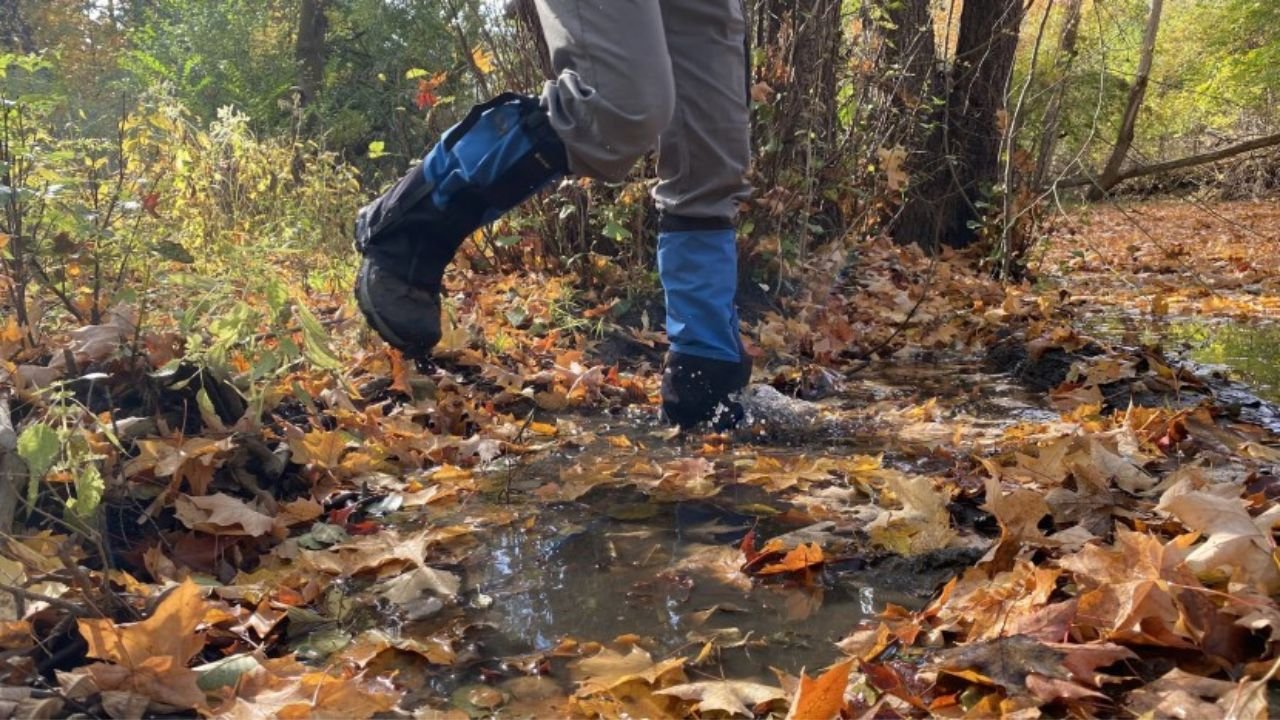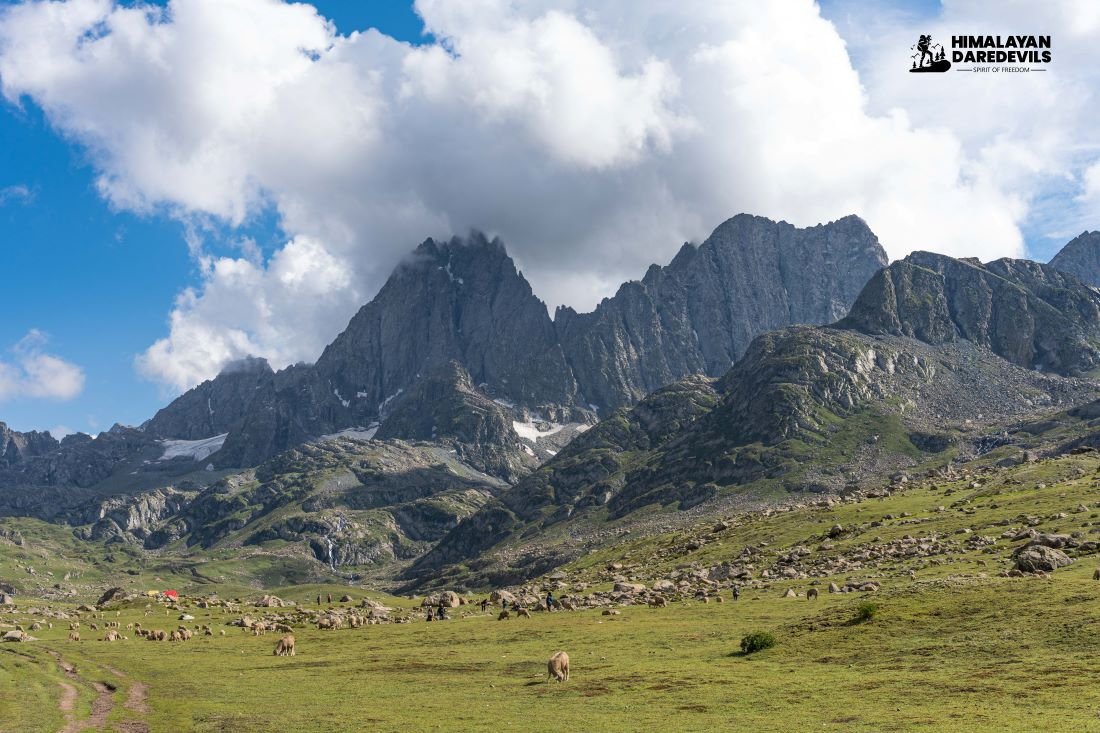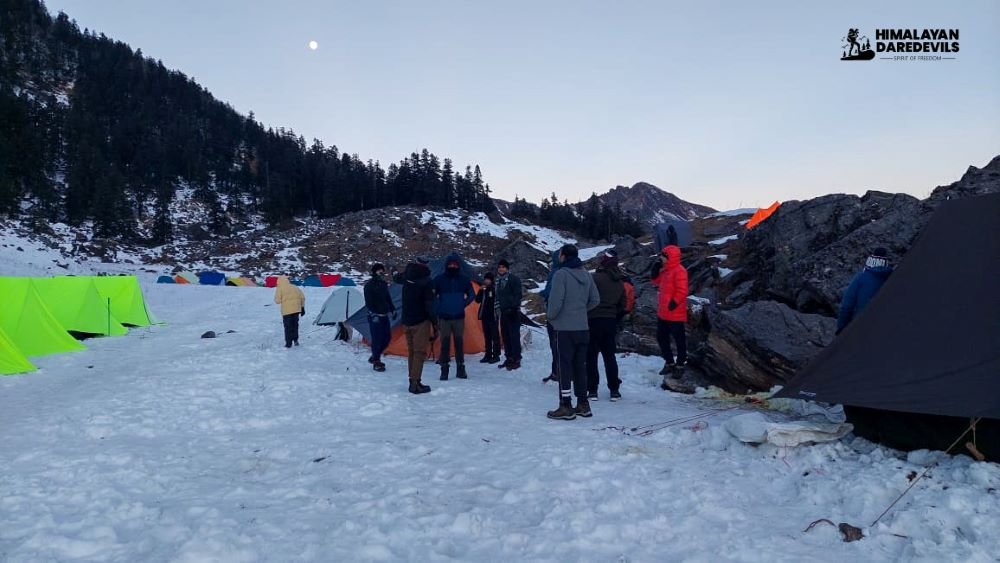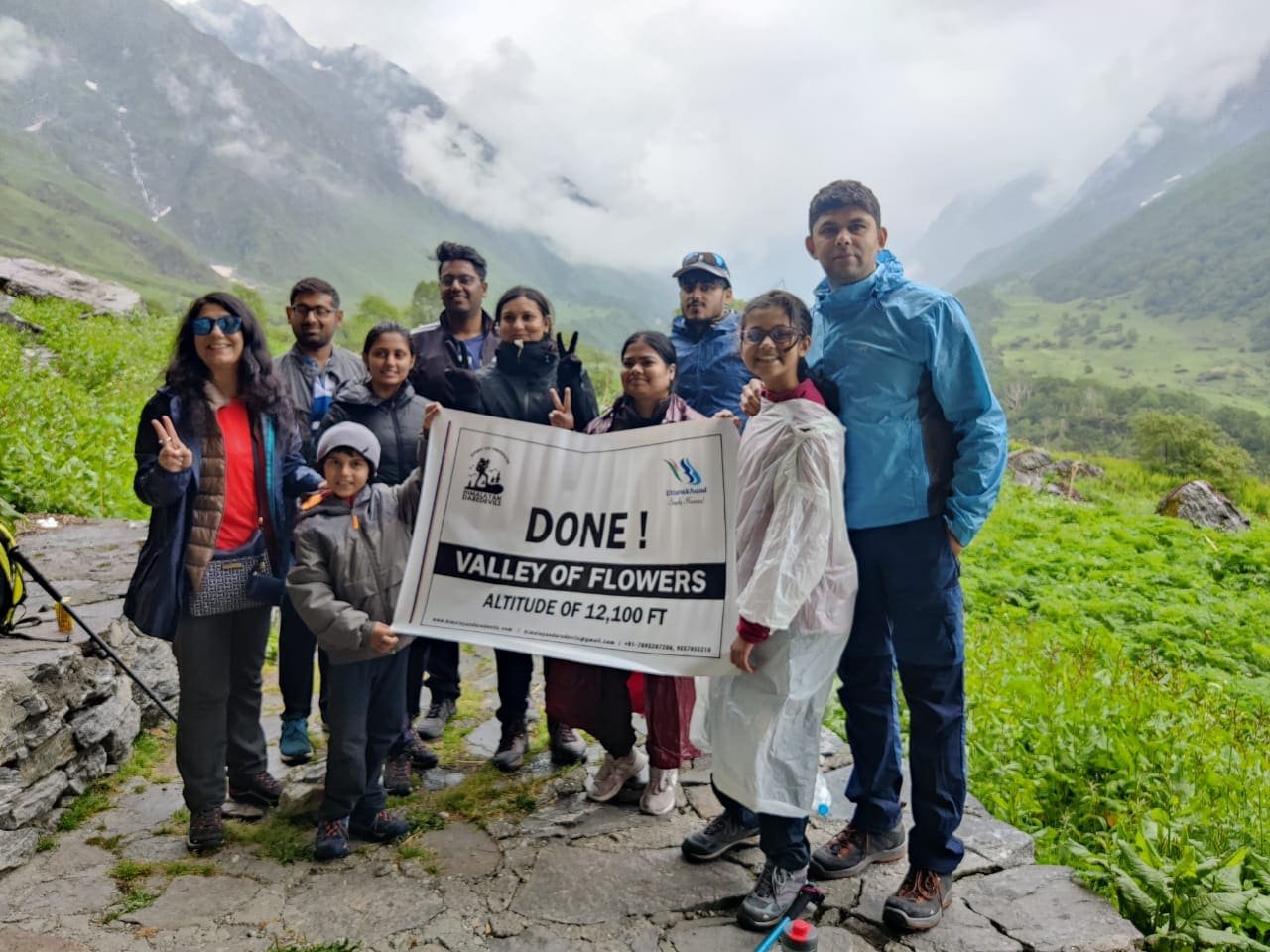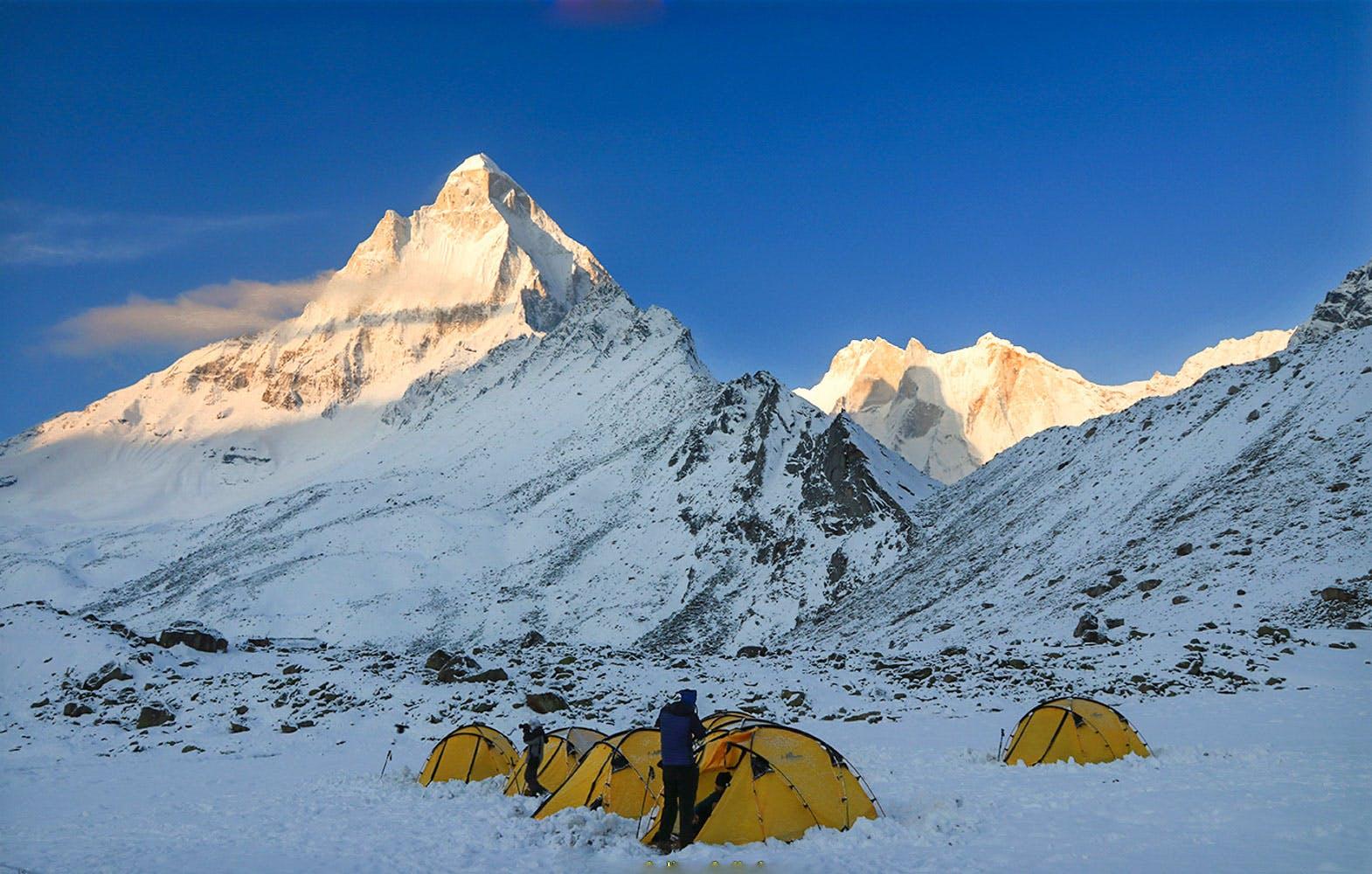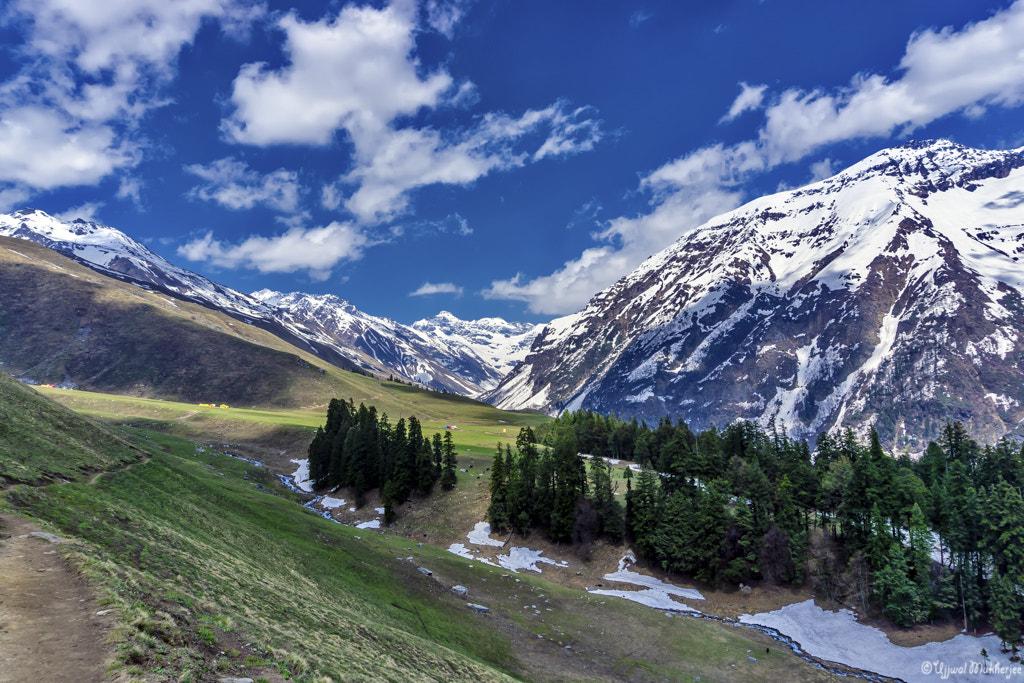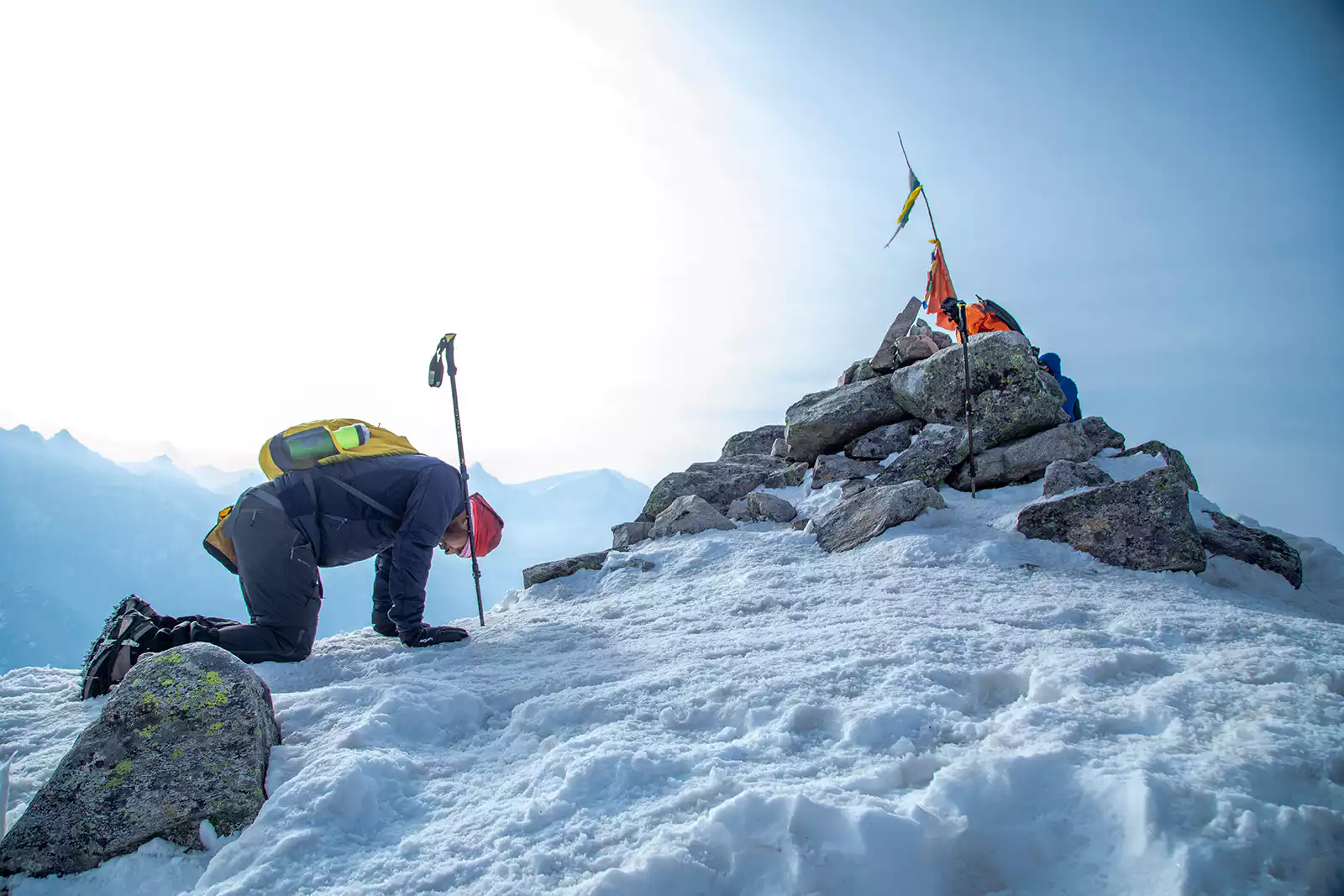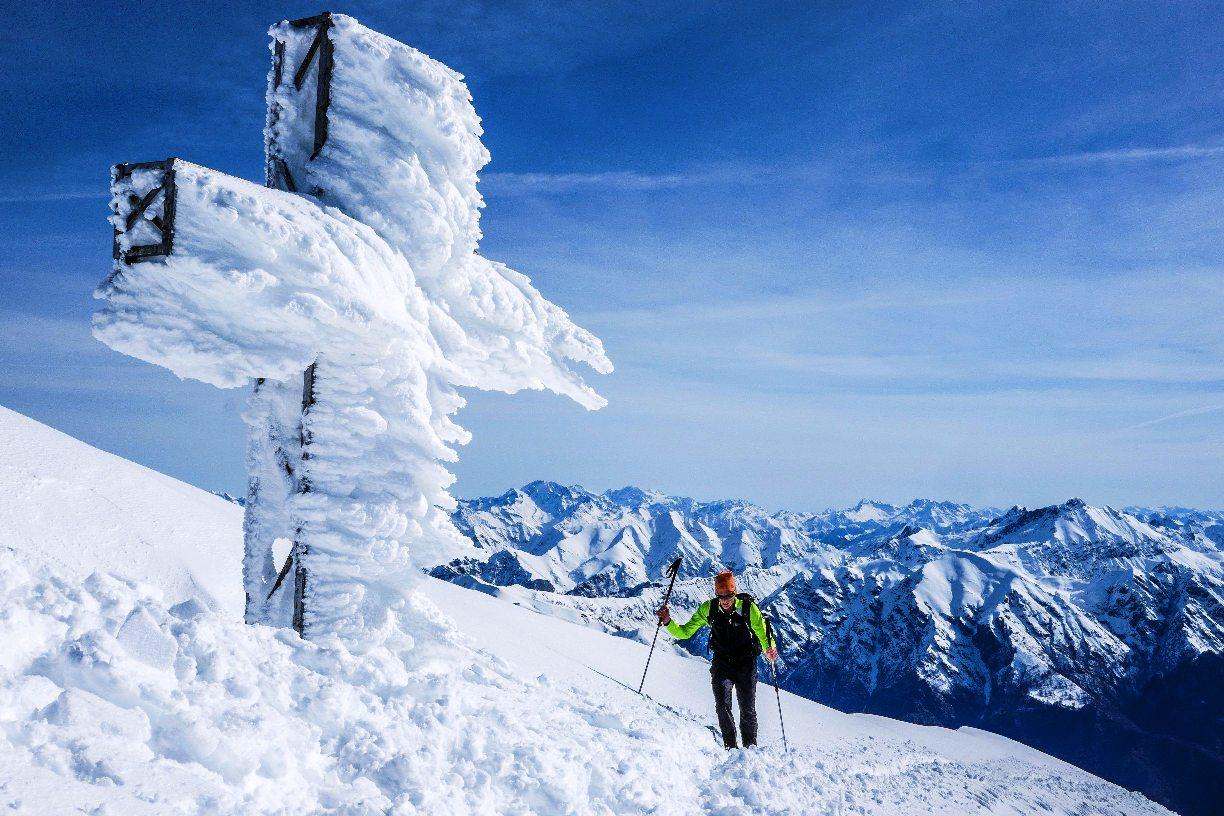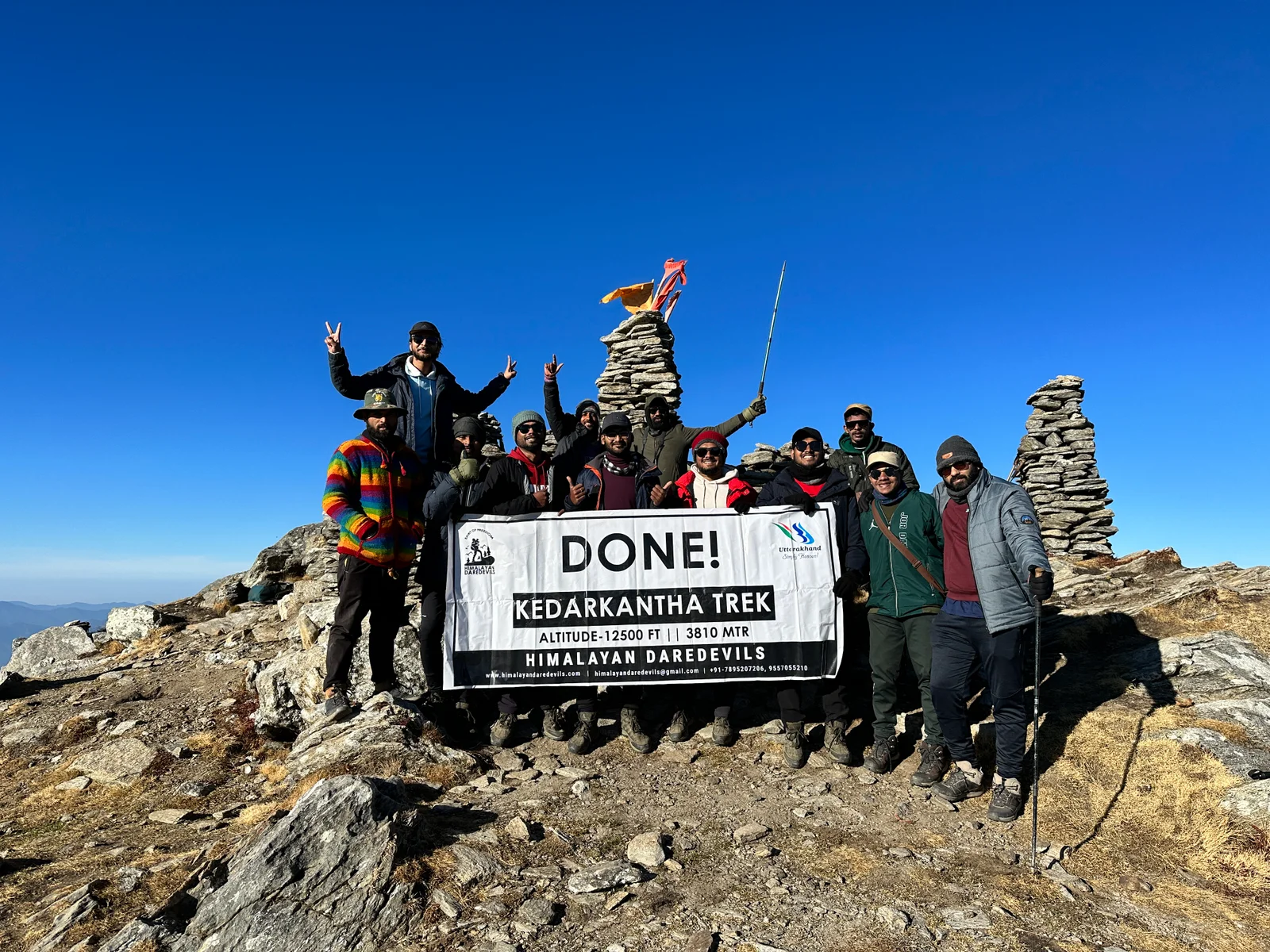29 July 2025
When you think of essential hiking gear, your mind probably jumps to boots, backpacks, and maybe a solid rain jacket. But there's one small but mighty item that often gets overlooked—trekking gaiters. It is small but underrated gear that can make a huge difference to the overall experience of your trek.
At first glance, gaiters may seem like just another add-on, but this seemingly minor gear protects your feet and legs from the hazards of nature—whether that's water, mud, snow, thorns, insects, or tiny pebbles that are annoyingly good at finding their way into your boots. Once you've hiked a muddy trail without them, you'll quickly understand how invaluable they can be.
What Are Trekking Gaiters?
Trekking gaiters are protective fabric guards worn over your lower legs and the tops of your hiking boots. Their primary job is to protect your feet and lower legs from environmental hazards such as:
Dirt and gravel
Water and mud
Snow and ice
Insects (leeches, ticks)
Scratches from bushes, rocks, or thorns
They're particularly useful when hiking through rough terrain, wet conditions, snowy areas, or bushy paths, where your feet and legs are more vulnerable to discomfort, injury, or exposure.
How Do Trekking Gaiters Work?
Trekking Gaiters act as a barrier that stands between your legs and various external elements on the trek. They are to be wrapped around the calf and ankle, forming a seal over the top of your boots. This helps prevent anything from entering your shoes or damaging your pants or skin.
Here’s a breakdown of the typical components:
1. Main Body (Upper and Lower)
Upper portion: Usually made from lightweight, breathable fabric to allow air circulation and reduce sweat buildup.
Lower portion: Made from tougher, abrasion-resistant materials (like Cordura or nylon) to withstand contact with rocks, mud, and snow.
2. Front Closure
Most gaiters use Velcro strips, zippers, or snap-button systems to open and close along the front or side.
This allows easy wear and removal, even while wearing boots.
3. Underfoot Strap
A strap or band (often made of rubber, polyurethane, or webbing) passes beneath the sole of your boot to hold the gaiter securely in place.
Some higher-end gaiters have replaceable straps.
4. Lace Hook
A small metal hook near the bottom of the gaiter clips onto your boot laces to prevent the gaiter from riding up.
5. Top Closure (Elastic or Drawcord)
The top edge of the gaiter tightens with elastic, a drawstring, or a snap to form a seal around your calf. This keeps rain, snow, and debris from falling in from above.
When Should You Use Gaiters?
Gaiters are especially useful in the diverse terrains of the Indian Himalayas. From snow-covered passes to muddy alpine meadows, they help keep your legs and boots protected from snow, water, mud, insects, and debris. Below is a region-specific guide to when and where to use gaiters in northern India.
1. Snowy or Icy Trails (Winter or High Altitude Treks)
Why: Snow can easily enter your boots and soak your socks, leading to discomfort or frostbite in cold conditions. Gaiters prevent this by forming a seal between your boots and lower legs.
Where to Use:
Kedarkantha (Uttarakhand) – A popular winter trek known for deep snow, especially from December to March.
Brahmatal (Uttarakhand) – Offers stunning alpine views but remains snow-covered in winter.
Chopta-Chandrashila (Uttarakhand) – Snow often begins in the early sections, especially in January and February.
Tarsar Marsar (Kashmir) – Snow lingers at higher camps in early summer, especially near Shekwas and Tarsar Lake.
Recommended Gaiters: Knee-high, waterproof gaiters with good insulation and a snug seal.
2. Rainy or Wet Trails (Monsoon and Post-Monsoon Season)
Why: Trails during and just after the monsoon can be muddy, slippery, and filled with leeches or wet undergrowth. Gaiters protect both your pants and boots while reducing the chance of blisters.
Where to Use:
Valley of Flowers (Uttarakhand) – Bloom season overlaps with the monsoon, and trails are often slippery and muddy.
Kashmir Great Lakes (Kashmir) – Although mainly a summer trek, early in the season (June-July), the trail can be waterlogged and marshy in sections.
Hampta Pass (Himachal Pradesh) – Known for rapid weather changes, stream crossings, and muddy paths, especially during July and August.
Recommended Gaiters: Mid to knee-length waterproof gaiters with breathable fabric for wet yet warm conditions.
3. Alpine Meadows and Dense Vegetation
Why: Tall grasses, thick bushes, and rocky trails can scratch your legs or snag your clothing. Gaiters offer abrasion protection and help block insects or small rocks from entering your boots.
Where to Use:
Dayara Bugyal (Uttarakhand) – Wide open alpine meadows, but bushy patches and steep ascents benefit from added leg protection.
Buran Ghati (Himachal Pradesh) – Features dense forest sections in the lower altitudes and scree or loose rock higher up.
Nafran Valley (Kashmir) – Offbeat and rugged, with narrow paths through tall grass and underbrush.
Recommended Gaiters: Abrasion-resistant mid-calf gaiters with snug bottom closures to prevent grass, thorns, or insects from getting in.
4. Windy, High-Altitude Terrain
Why: In exposed areas above 4,000 meters, the wind can be intense and temperatures drop rapidly. Gaiters help trap warmth while preventing wind, snow, and gravel from entering your boots.
Where to Use:
Rupin Pass (Uttarakhand) – Involves high passes, scree sections, and sudden weather shifts.
Pin Bhaba Pass (Himachal Pradesh) – A cross-over trek into Spiti Valley with cold, barren, and high-altitude terrain.
Warwan Valley (Kashmir) – Remote and challenging, with high-altitude ridgelines and rugged conditions.
Recommended Gaiters: Insulated or windproof full-length gaiters suitable for cold alpine environments.
5. Rocky, Off-Trail, or Scrambly Sections
Why: Jagged rocks and loose gravel can easily get into your boots or tear through your pants on technical ascents and descents. Gaiters help protect against cuts and keep your feet secure.
Where to Use:
Har Ki Dun – Ruinsara Tal (Uttarakhand) – Long sections with rocky stream crossings and boulder patches.
Beas Kund (Himachal Pradesh) – The final push to the glacial lake involves uneven rocks and scree.
Recommended Gaiters: Durable, mid- to full-length gaiters with reinforced lower fabric.
When Gaiters Are Not Necessary
Dry-season treks on well-maintained paths (e.g., Nag Tibba or Triund during summer)
Urban or short day hikes with minimal exposure to mud, water, or dense vegetation.
Hot, dry weather where breathability is more important than protection
Different Types of Gaiters for Trekkers
Gaiters are a small but valuable addition to your trekking gear. They help keep your feet dry, legs protected, and boots free from debris—especially in snowy, wet, or rugged terrain. A well-chosen pair can greatly improve your comfort and confidence on the trail.
